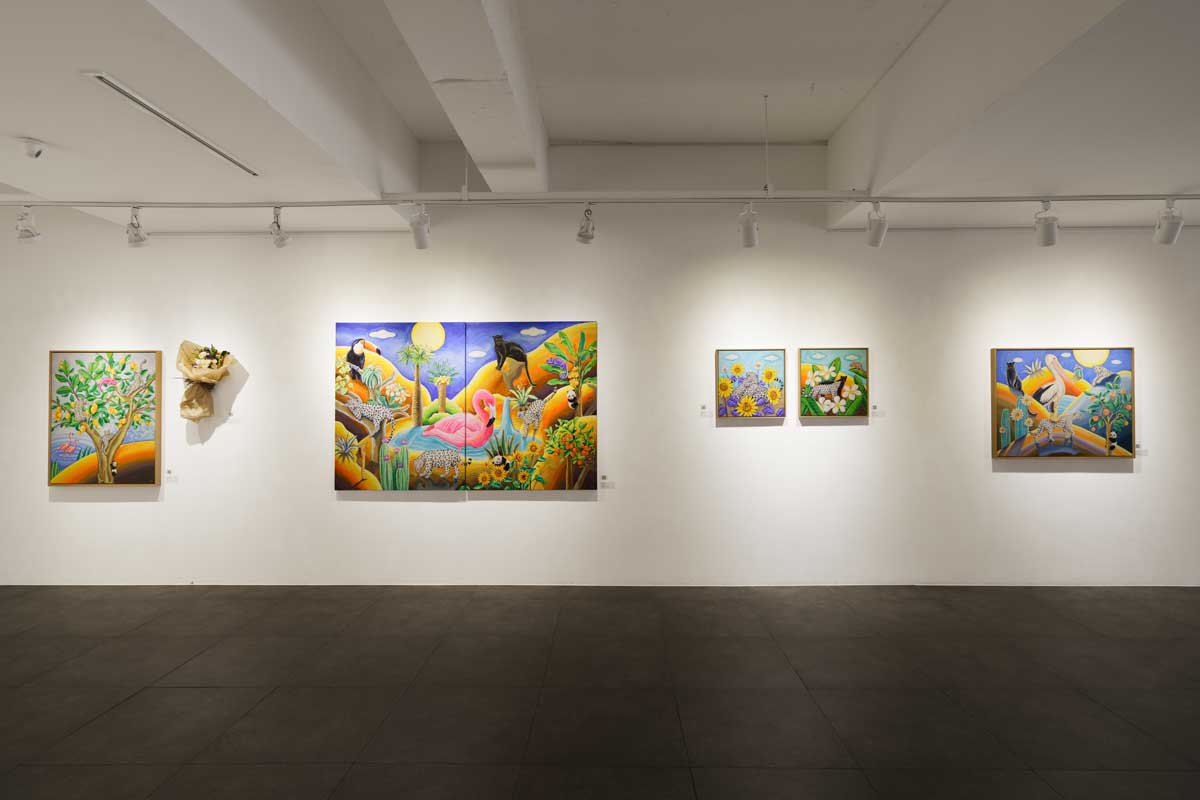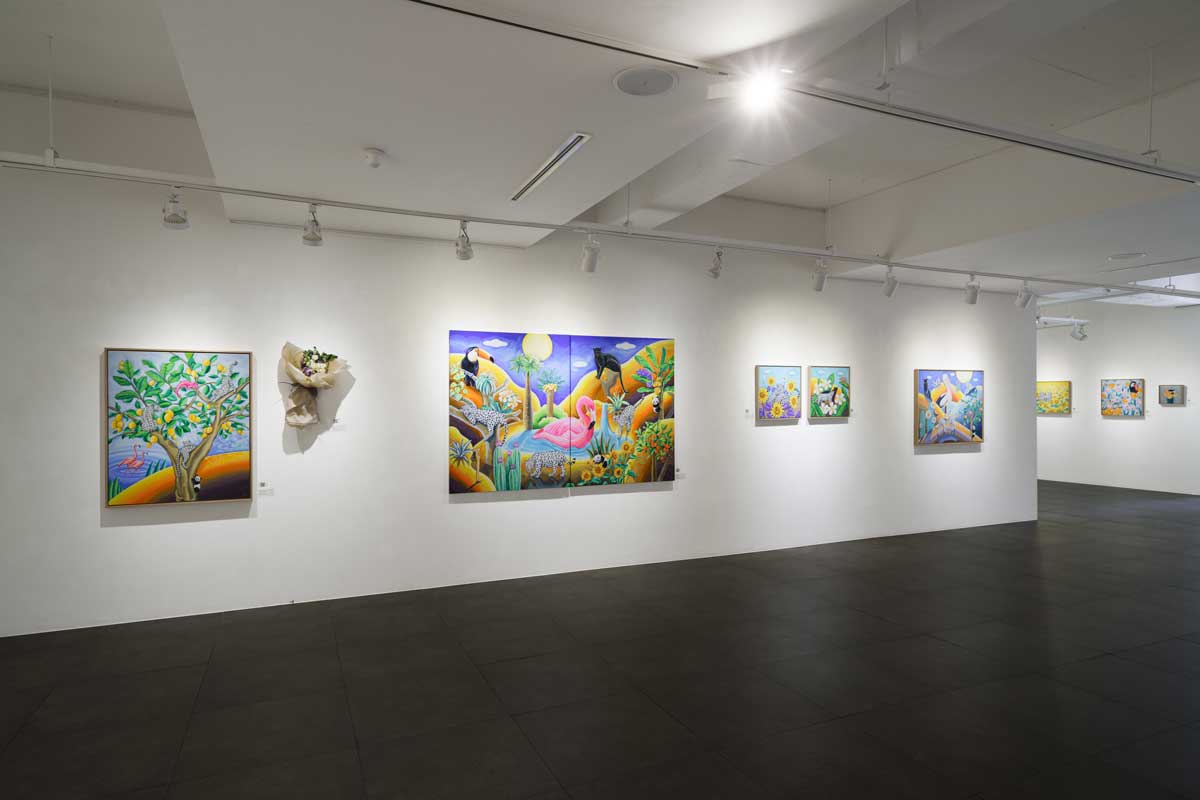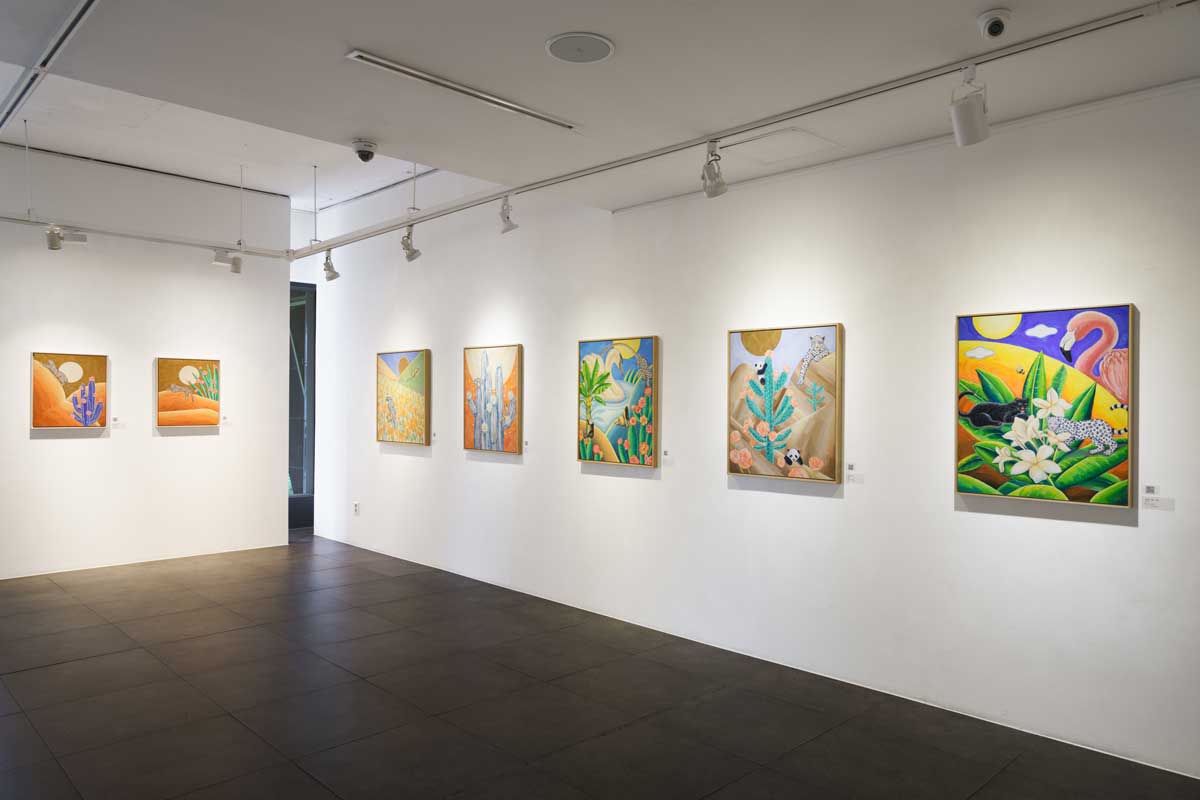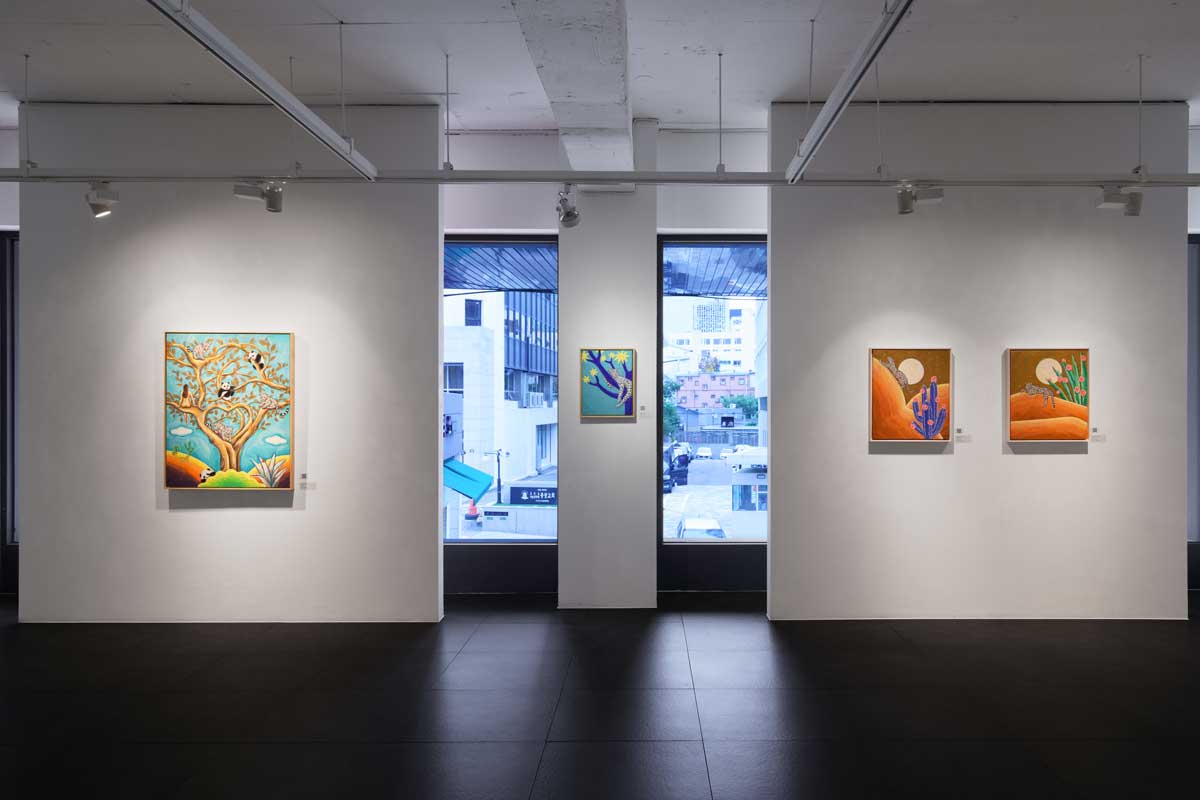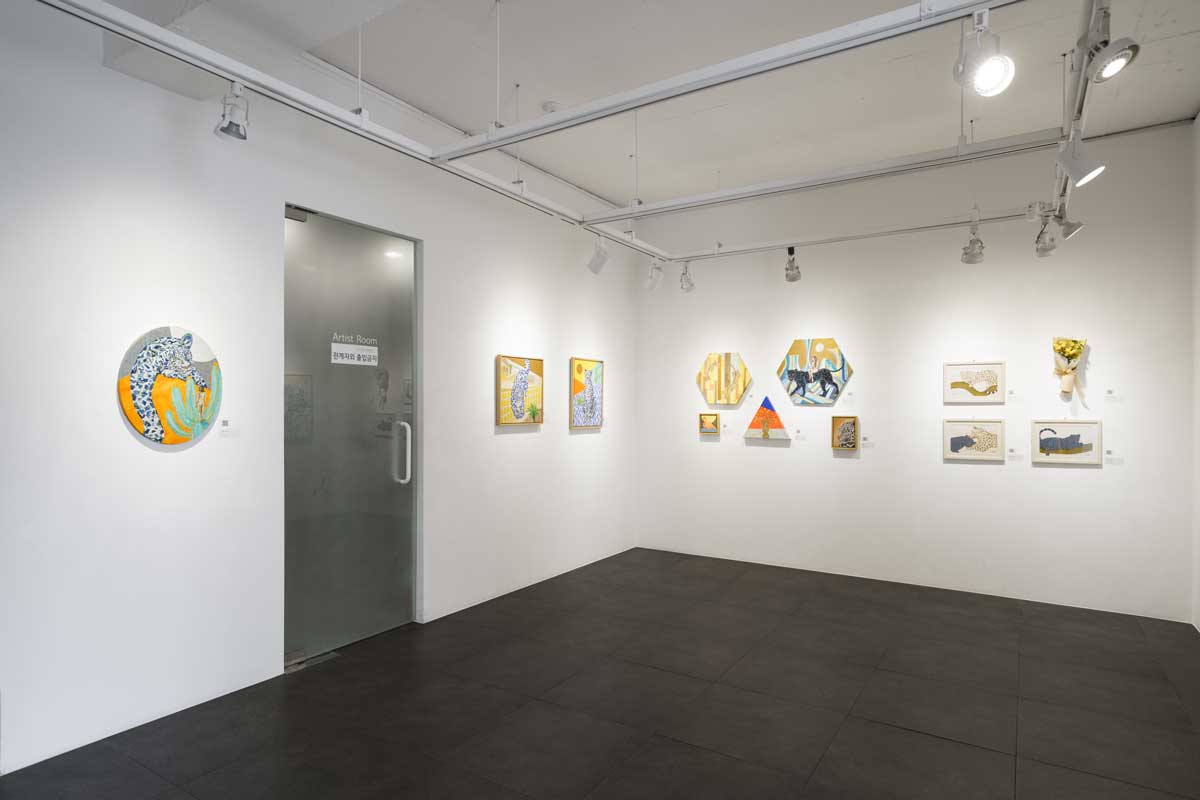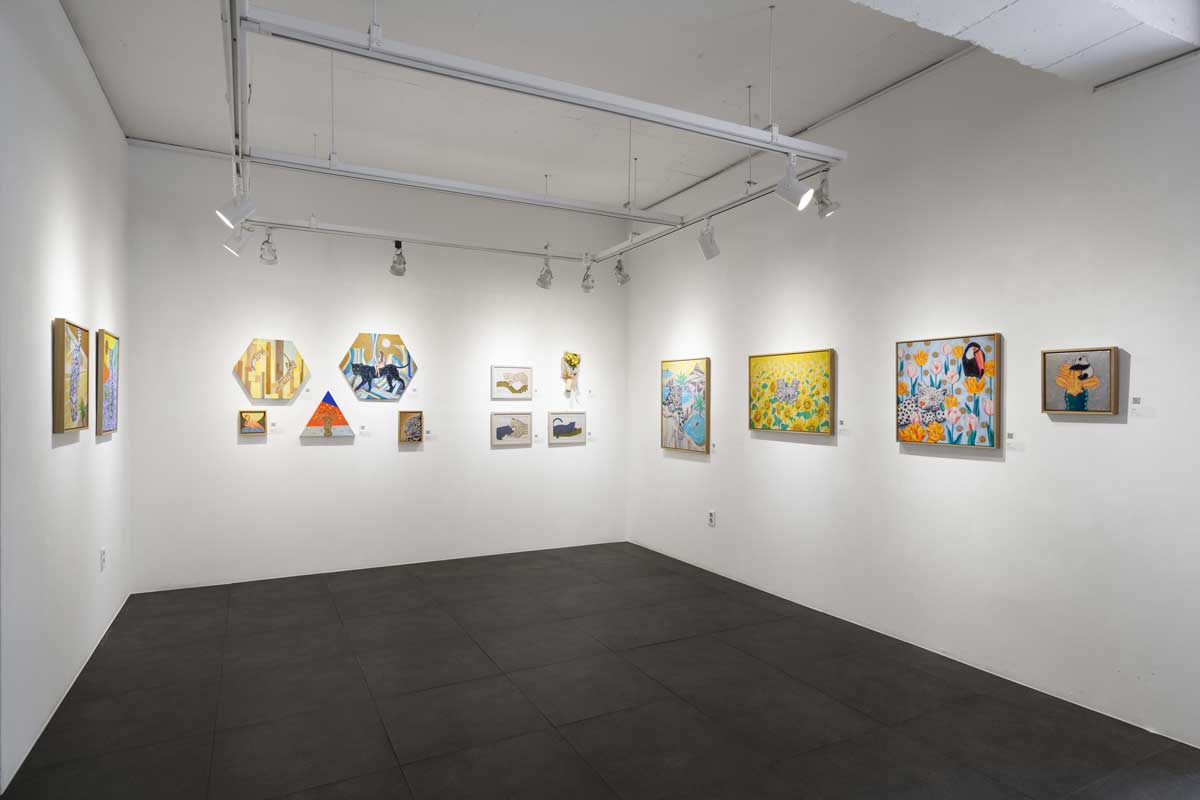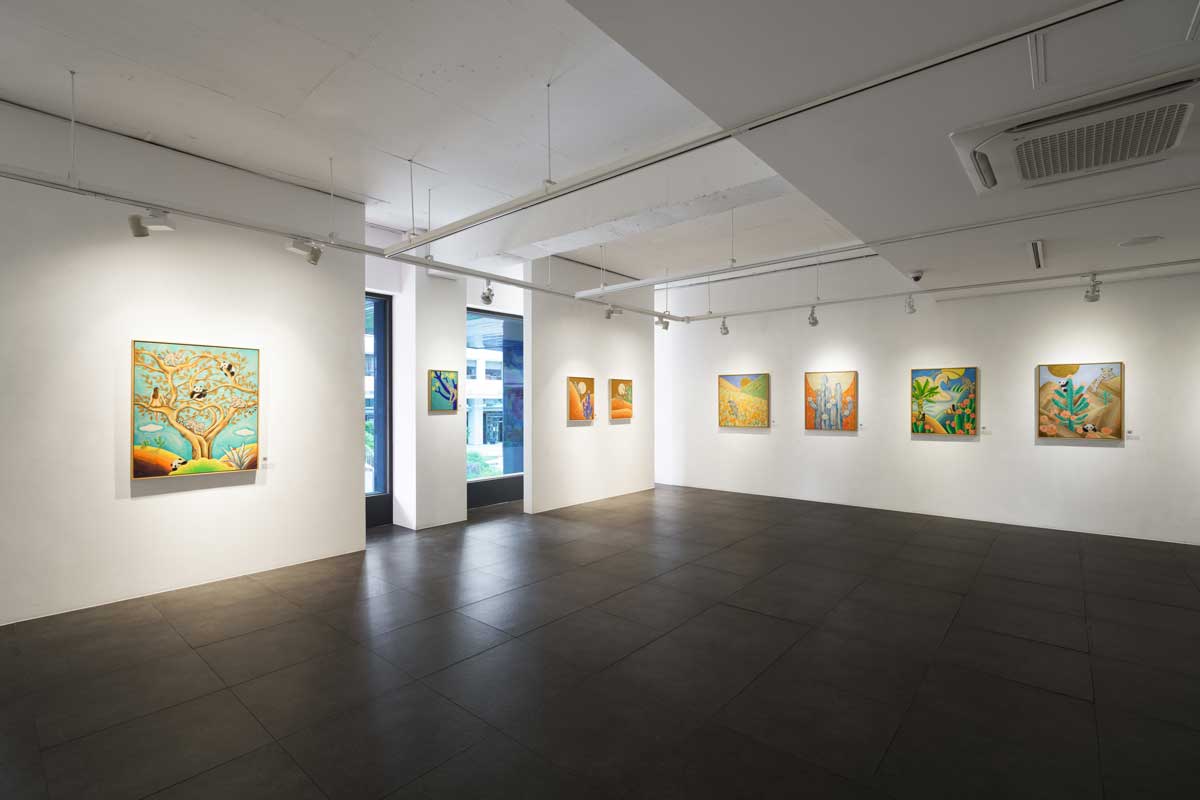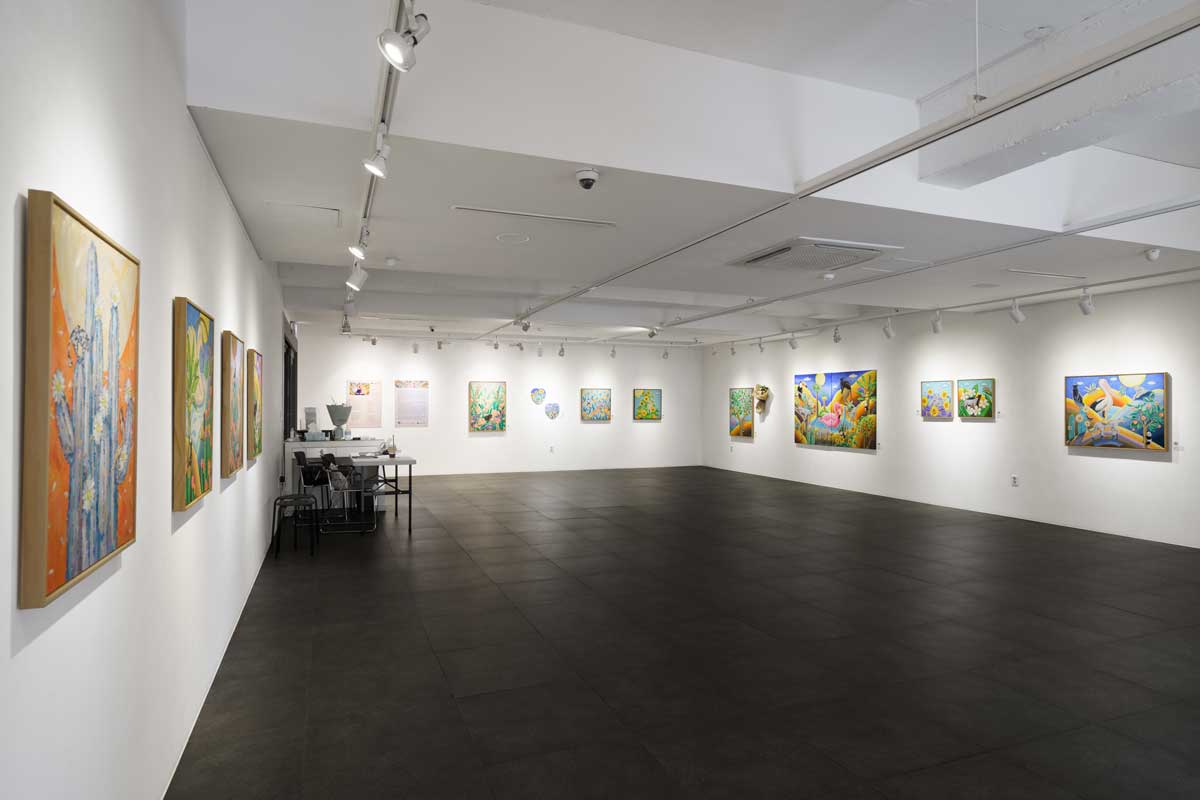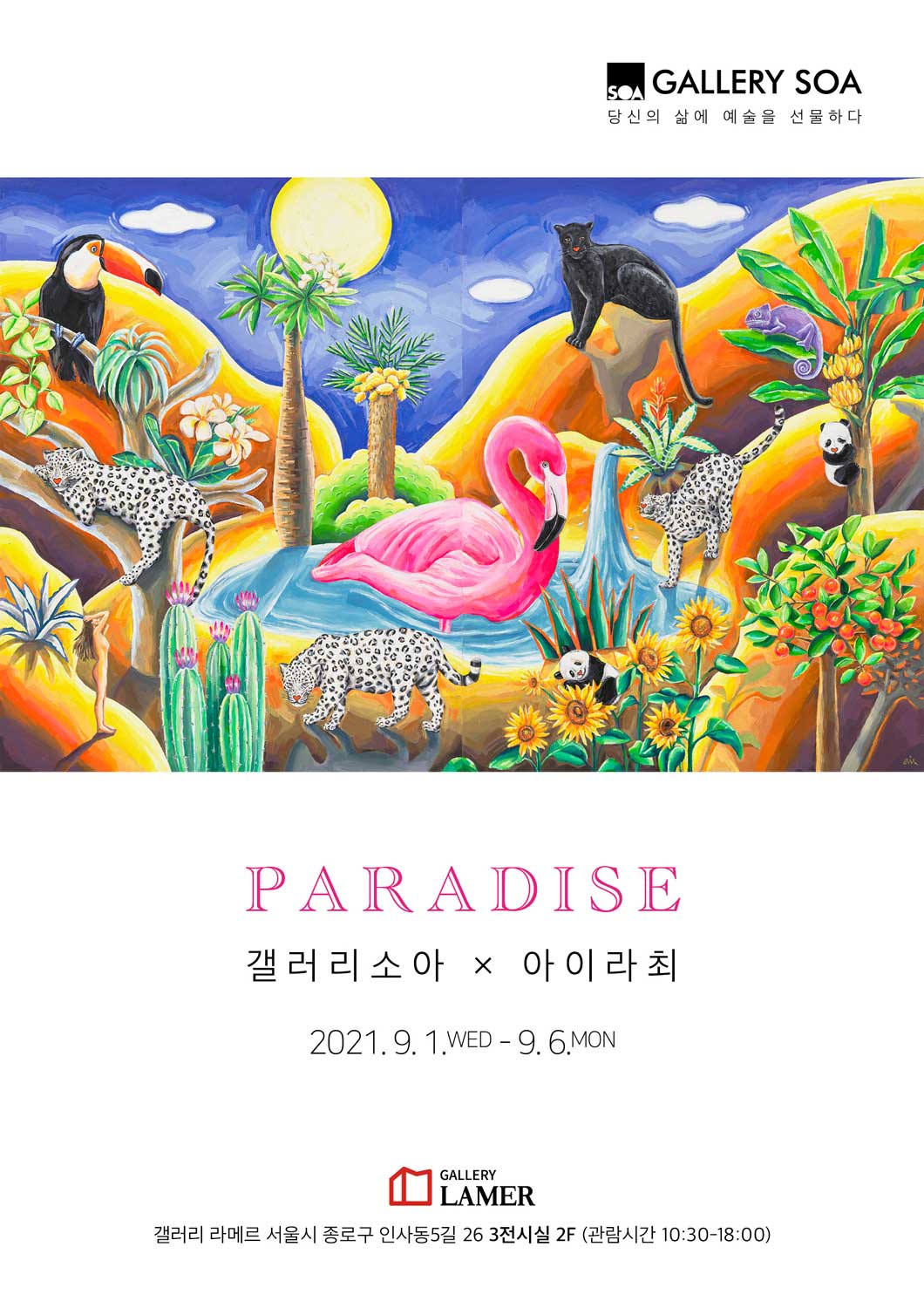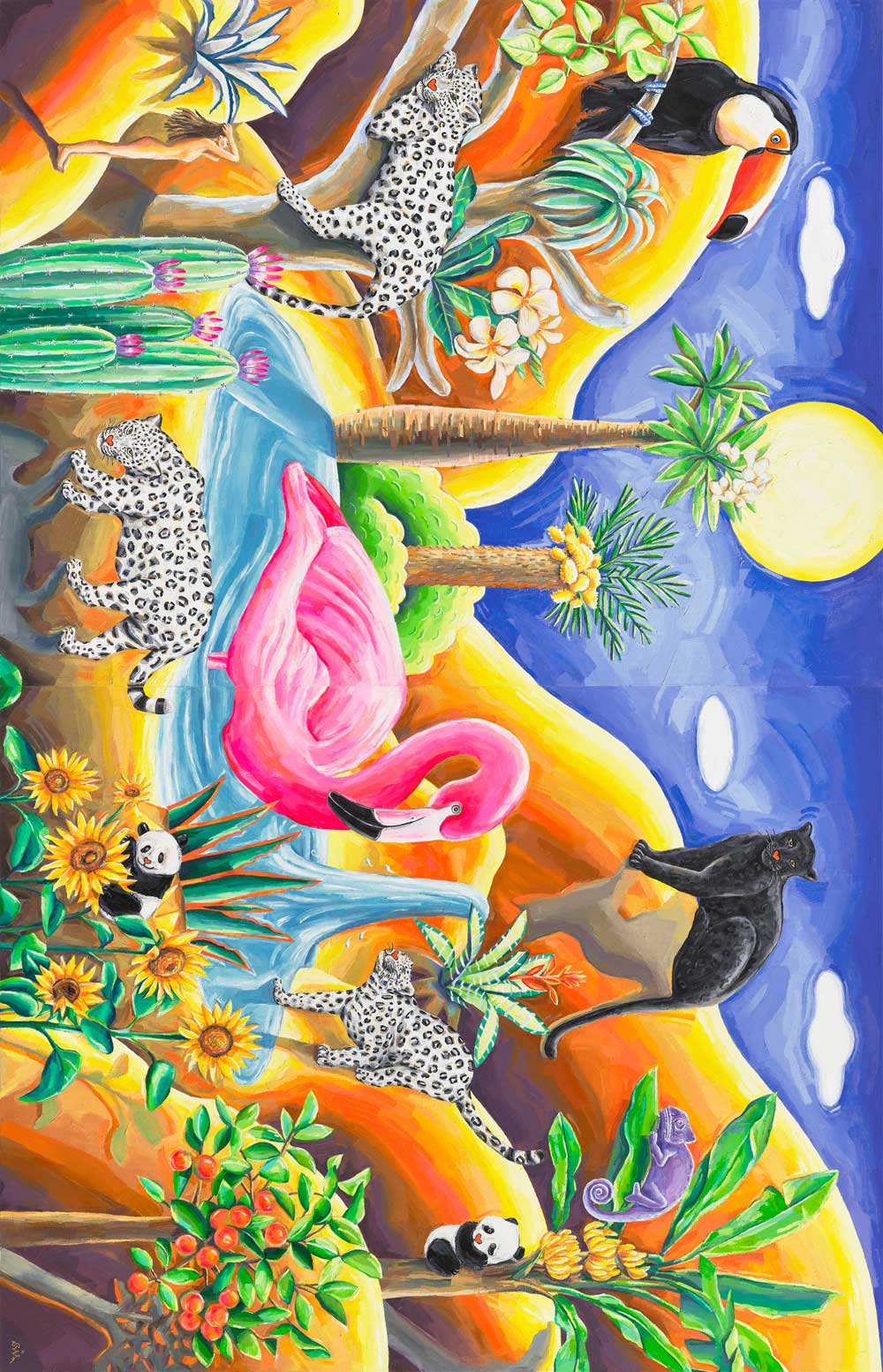아이라 최
인간은 어디에서 와서 어디로 가는가, 누구나 한 번쯤 생각해 봤을 난제 속에서 예술가는 어떤 해답을 내놓을 수 있을까? 나는 이 질 문에 끝없이 물음표를 던지며 시공간과 생(生)에 얽매이지 않은 대자연의 달빛 유토피아, ‘샴발라(Shambhala)’를 그려왔다. 눈을 감으면 드넓은 고원에 만개한 꽃들과 신성한 동물, 적도의 식물이 길게 뻗은 광활한 대지가 펼쳐진다. 그렇게 나는 이젤 앞에 앉아 상상 속 낙원으로의 신비로운 여행을 한다.
오래전부터 티베트 고원에 존재한다고 믿어져 왔던 유토피아 ‘샴발라’는 수도승들이 도달하고자 하는 낙토(樂土)로, 동서양을 불문하고 미지의 샹그릴라(Shangri-La)로 예술의 모티브가 되어왔다.
맹수들이 지키는 깎아지르는 바위산과 끝없는 사막, 깊은 강물과 초원을 지나면 영혼이 맑은 자만이 도달한다는 그 까다로운 낙원. 그 문을 두드리는 작업은 존재하지 않는 세계로 나를 떠밀고 그 설렘은 나를 몰입시킨다.
나는 유화를 나이프에 찍어 얇게 겹쳐 올리는 방법으로 그림을 그린다. 캔버스를 말리고 또 다른 면을 올리며, 끝없는 길을 걷고 바위 산을 올라 낙원으로 도달하는 과정을 경험한다. 그림에 종종 등장하는 여인은 유토피아를 여행하는 나 자신이자, 낙원을 찾아 떠나는 삶의 여행자이기도 하다.
그림에 대표적으로 나타나는 설표(Snow leopard)는 신비로운 히말라야의 골짜기에 앉아 샴발라의 여행자를 맞이하는 맹수로, 초대받지 못한 자를 밀어내고 유토피아를 지키는 존재로 표현하였다. 하트 모양 주황빛 코에 금빛 눈을 하고 나를 바라보는 맹수, 그 강렬하고 사랑스러운 그 형상이 나를 매료한다.
누구에게나 그들만의 유토피아가 존재한다. 그 공간이 온전히 지켜질 수 있도록, 내 그림이 누군가의 낙원을 감싸 안아 지켜내기를. 부정을 몰아내는 영혼의 수호자로의 역할을 하길 바라며 오늘도 샴발라의 여행자가 되어 이상의 공간을 날아본다.
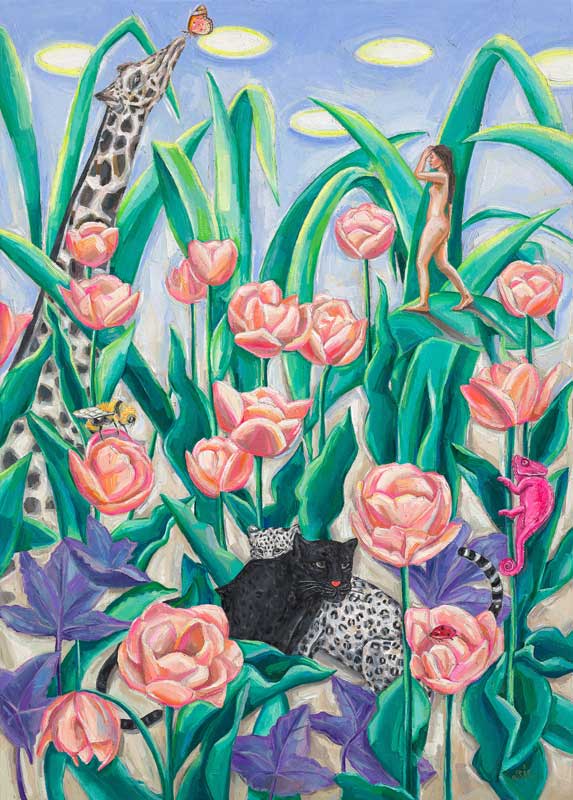
숨바꼭질
2021 Oil on canvas 90.9 × 65.1cm
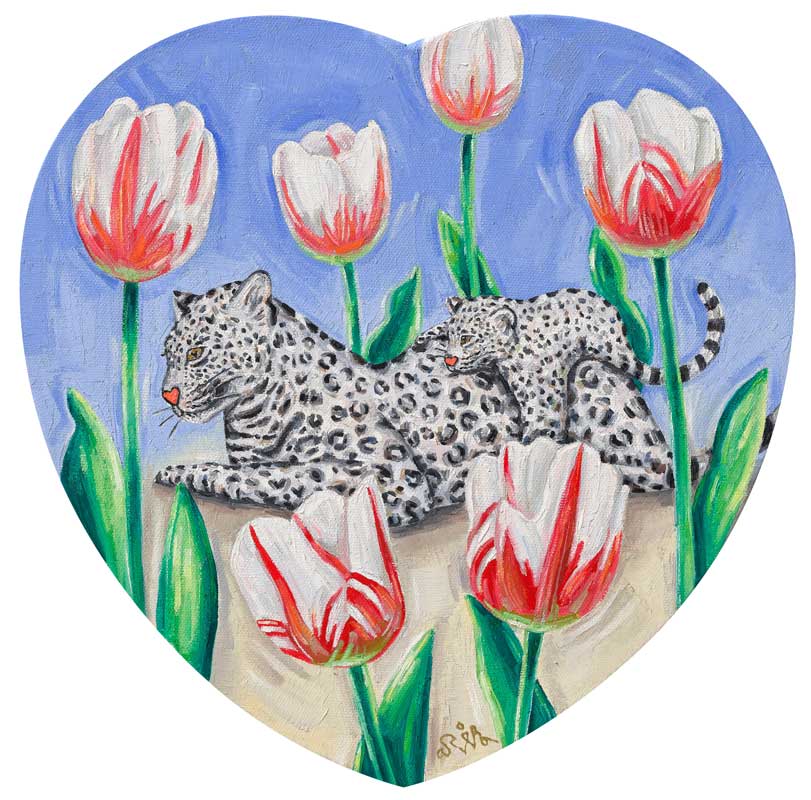
함께라면 언제나 봄1
2021 Oil on canvas 30.3 × 31.0cm
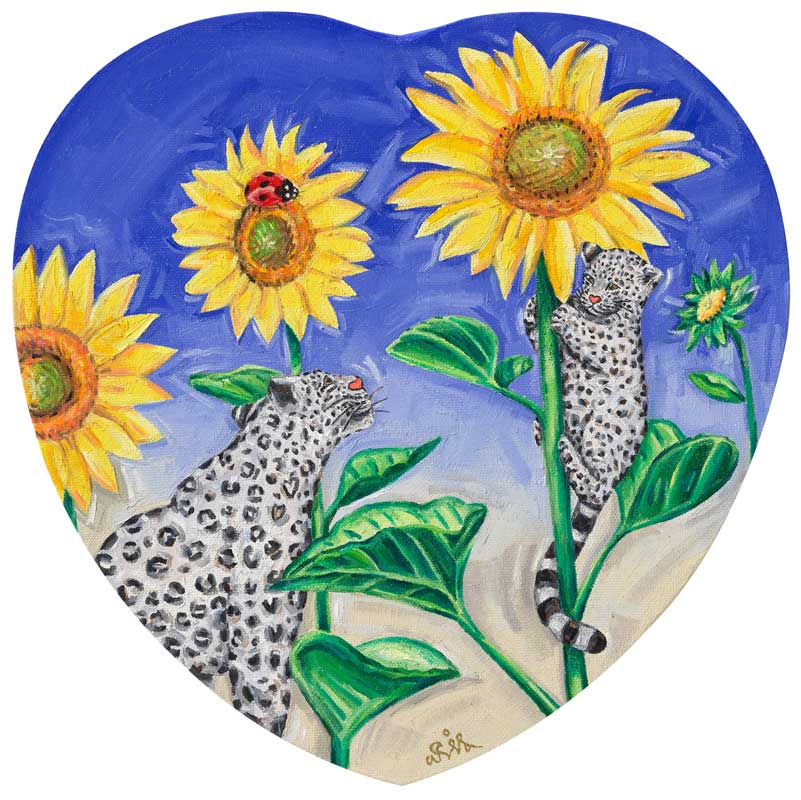
함께라면 언제나 봄2
2021 Oil on canvas 30.3 × 31.0cm
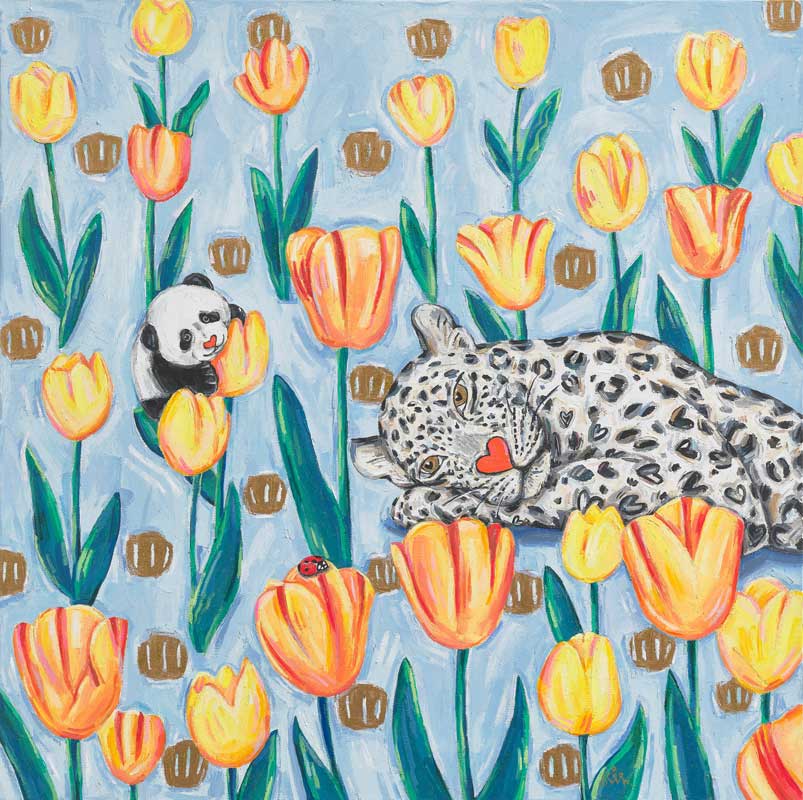
꽃밭에서
2021 Oil on canvas 60.6 × 60.6cm
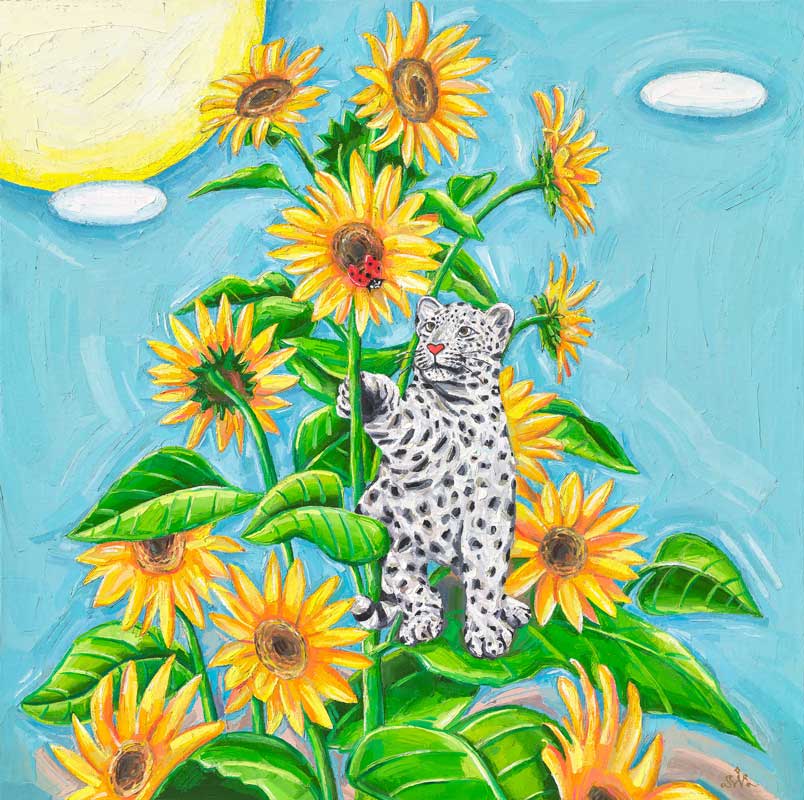
눈표범과 무당벌레
2021 Oil on canvas 60.6 × 60.6cm
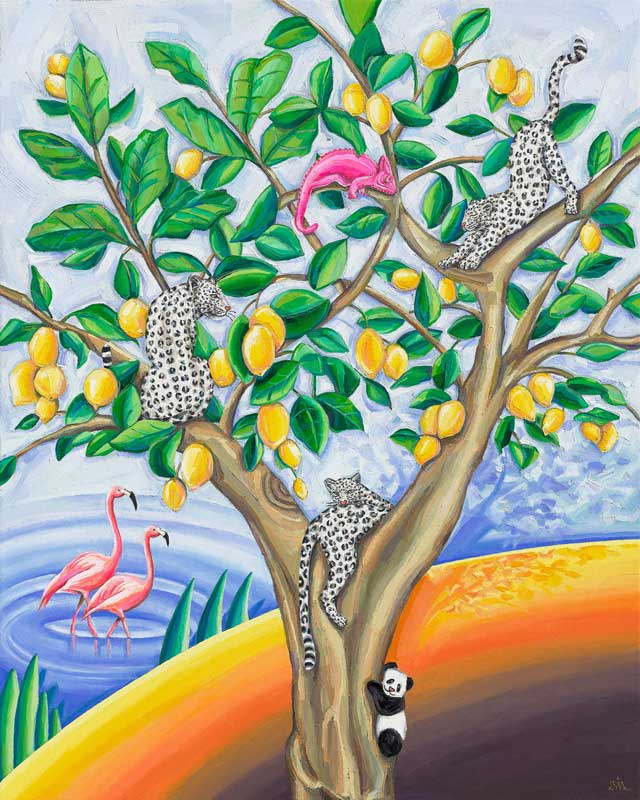
낙원의 레몬트리
2021 Oil on canvas 72.7 × 90.9cm
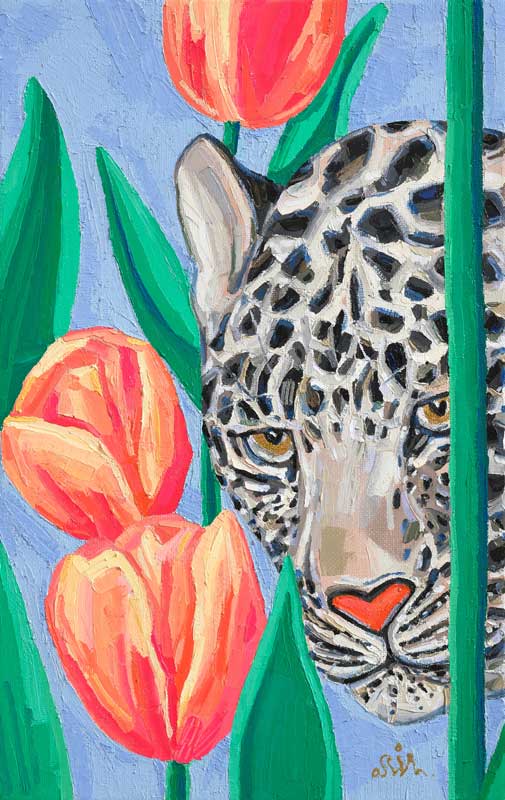
응시
2020 Oil on canvas 21.2 × 33.4cm
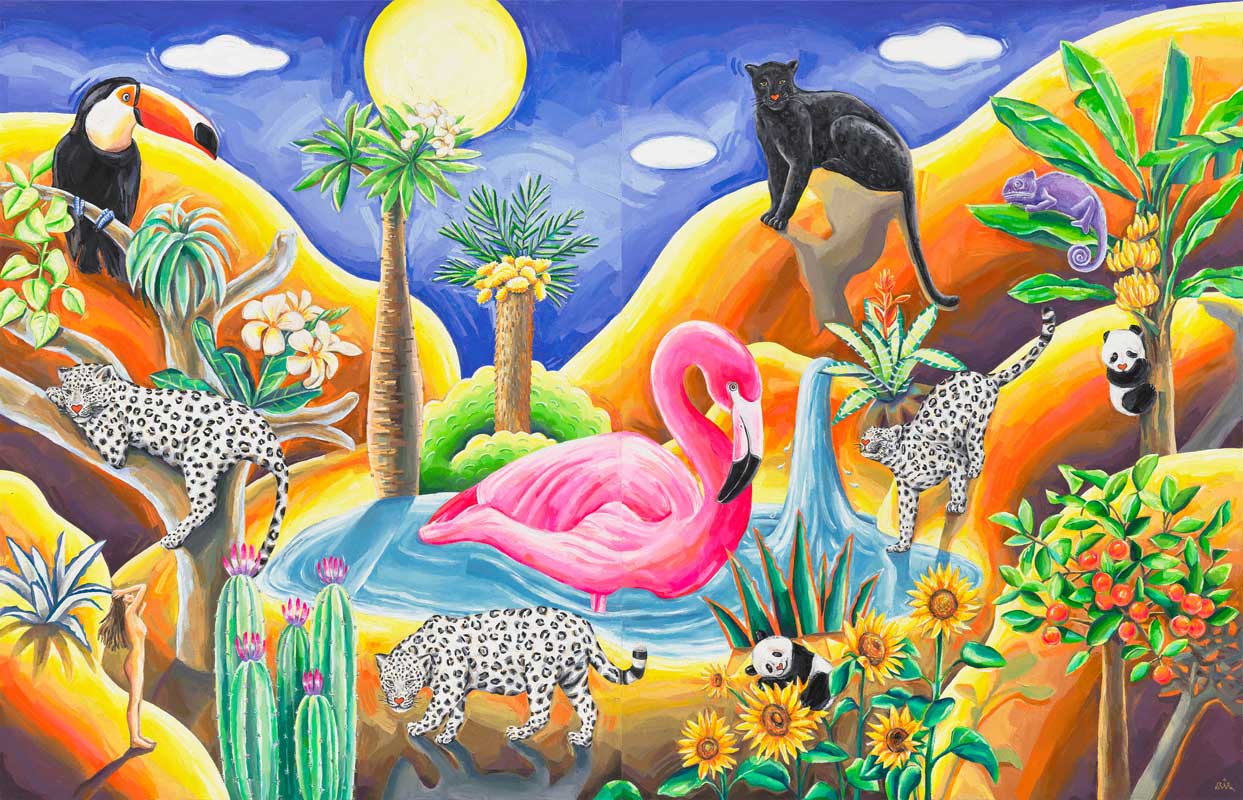
나의 낙원
2021 Oil on Canvas 116.8 × 182.0cm
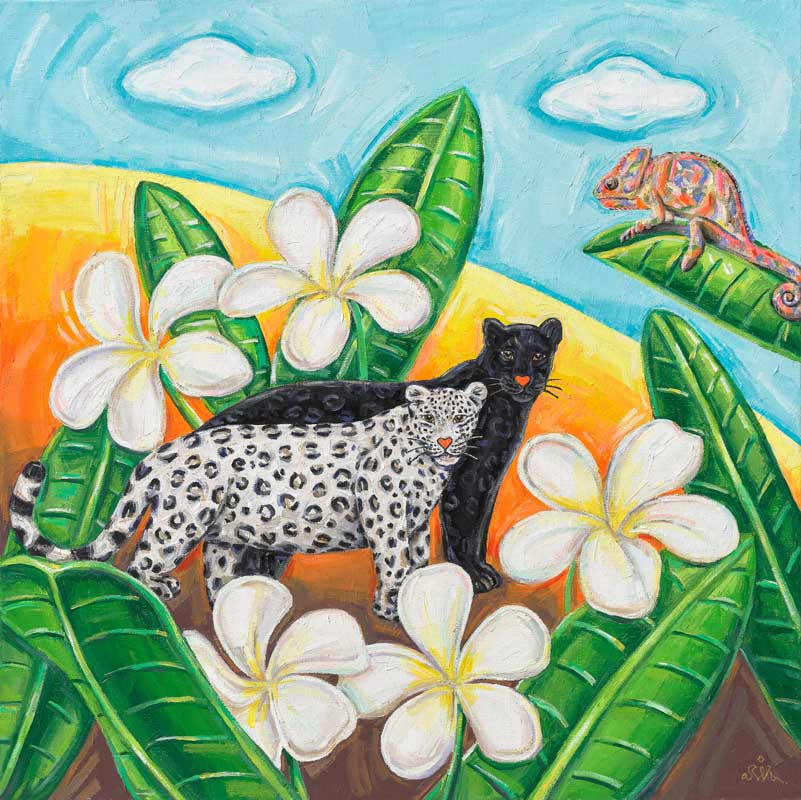
그대와 나1
2021 Oil on canvas 45.5 × 45.5cm
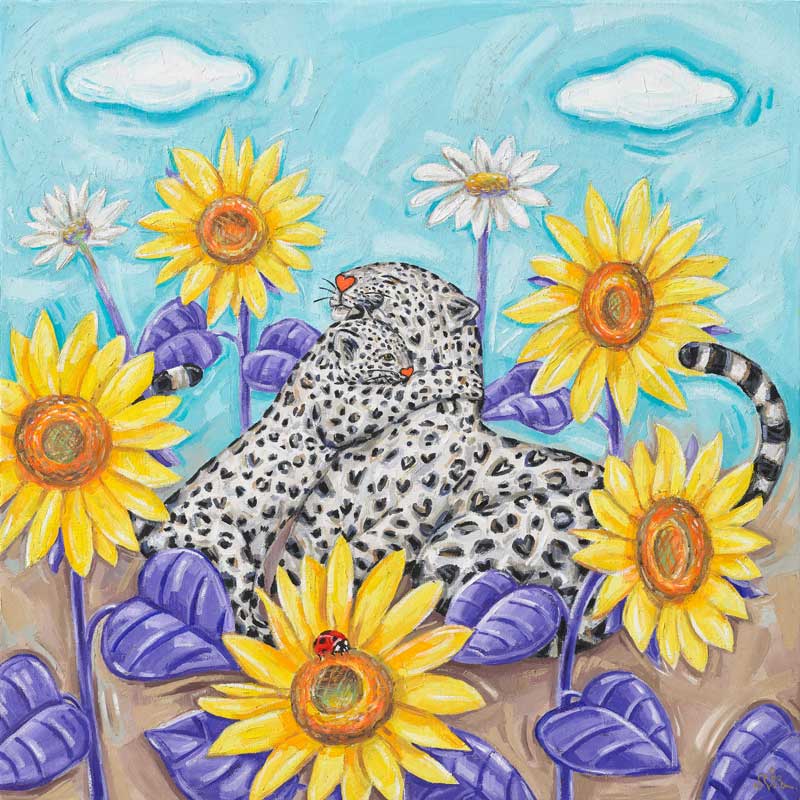
그대와 나2
2021 Oil on canvas 45.5 × 45.5cm
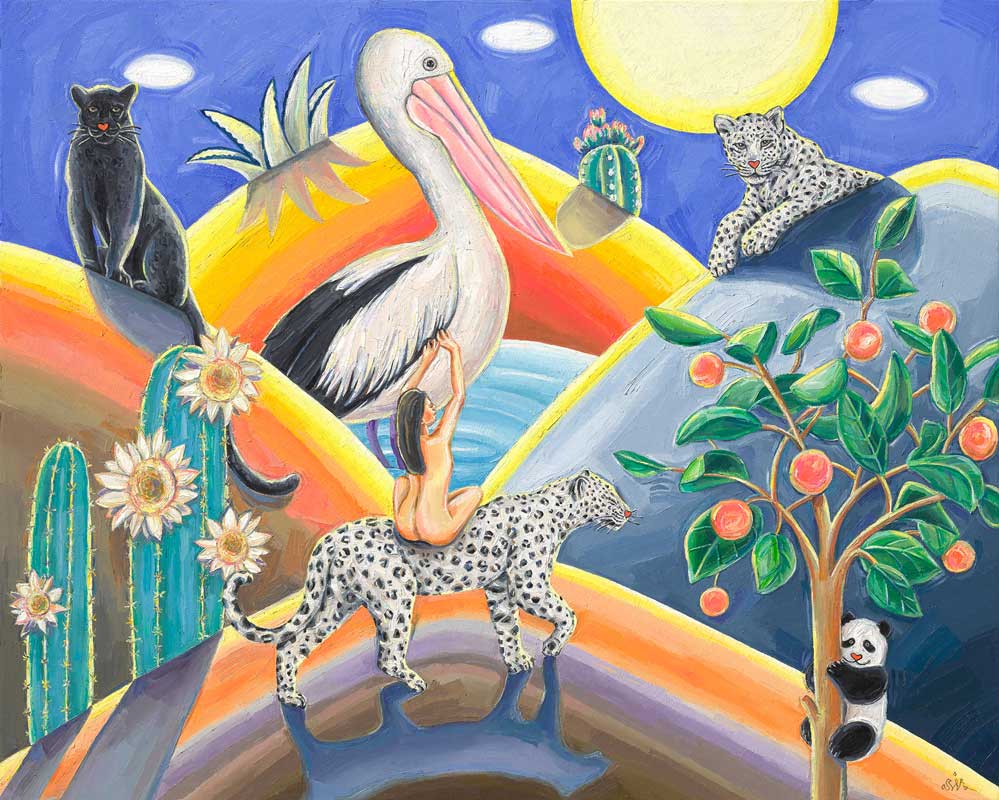
오후의 낙원
2021 Oil on canvas 90.9 × 72.7cm

양귀비가 있는 언덕
2020 Oil on canvas 72.7 × 72.7cm
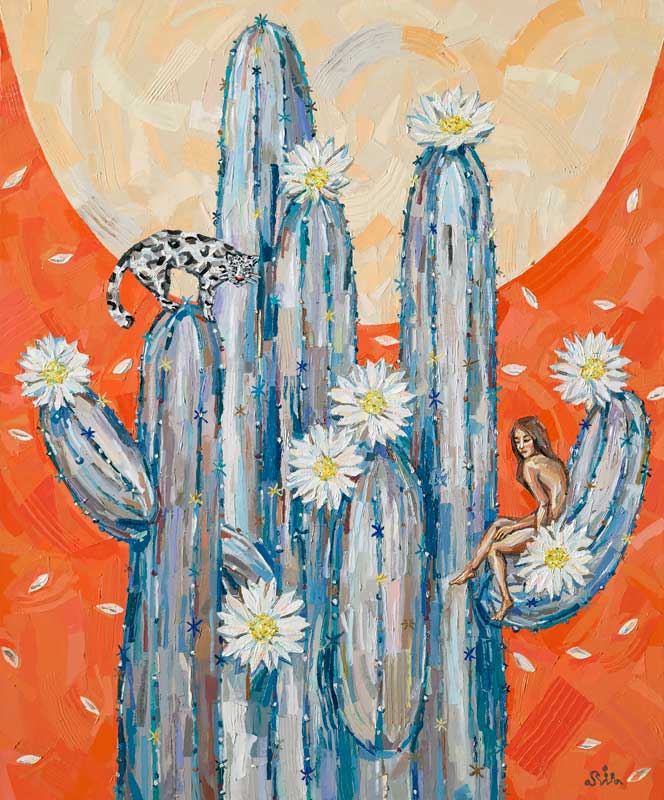
다리 위에서
2020 Oil on canvas 72.7 × 60.6cm
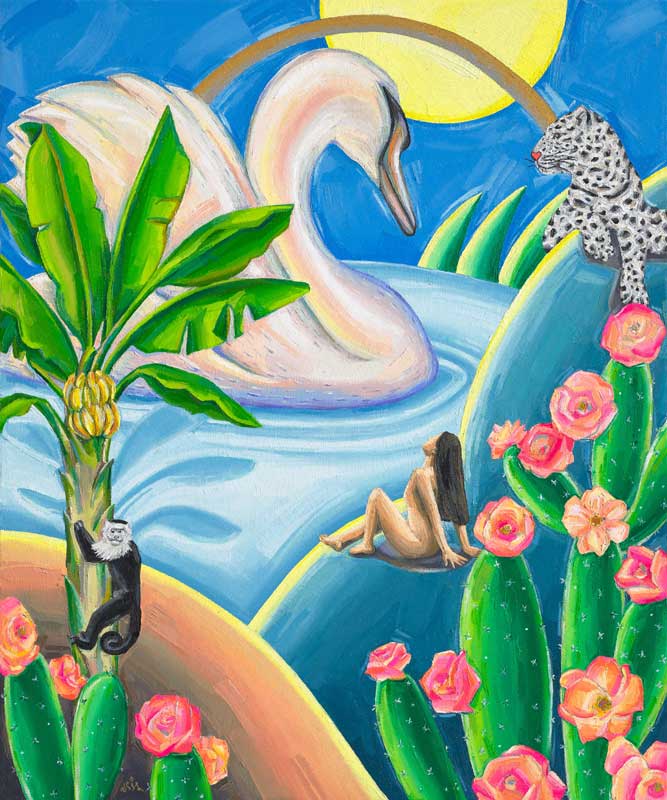
백조의호수
2020 Oil on canvas 72.7 × 60.6cm
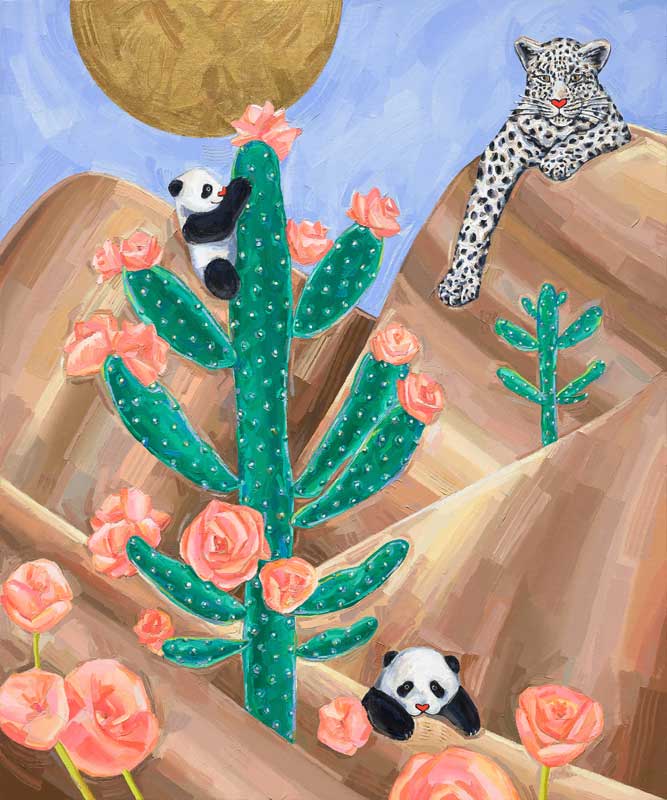
사랑의 언덕1
2020 Oil on canvas 72.7 × 60.6cm
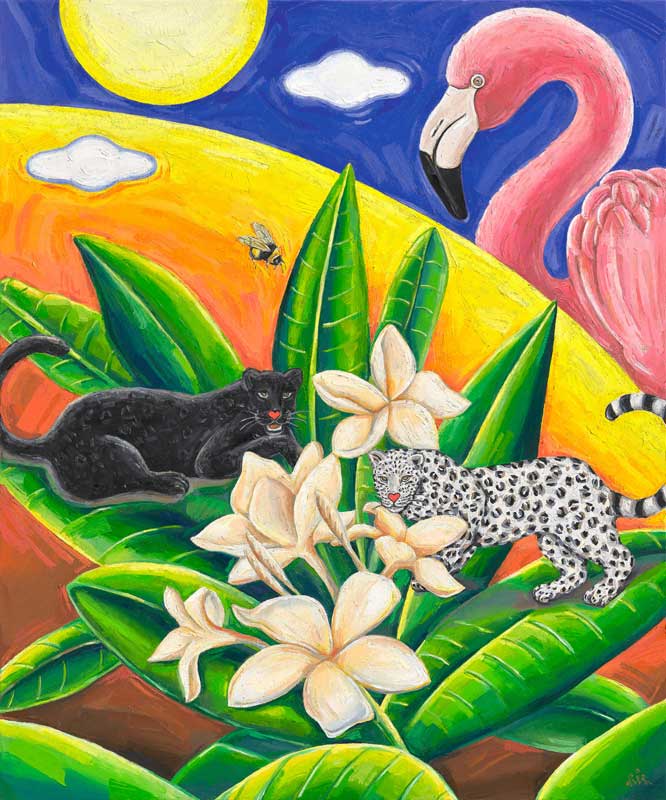
영원한 사랑
2021 Oil on canvas 72.7 × 60.6cm
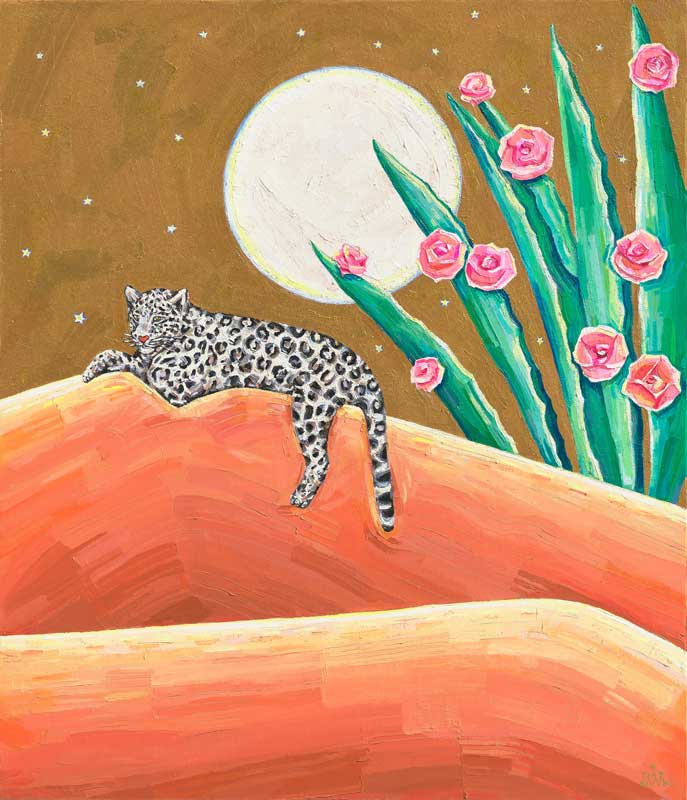
별 내리는 밤1
2021 Oil on canvas 53.0 × 45.5cm
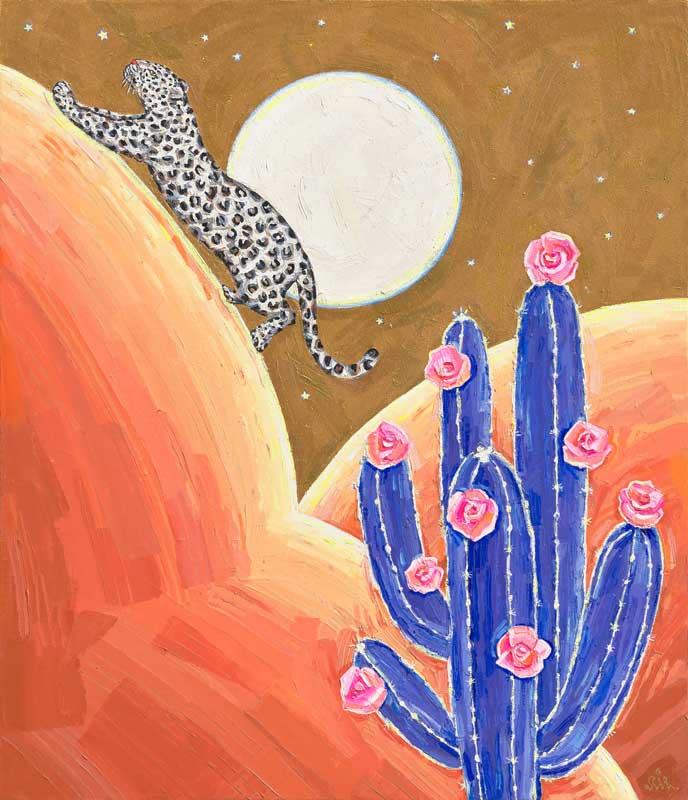
별 내리는 밤2
2021 Oil on canvas 53.0 × 45.5cm
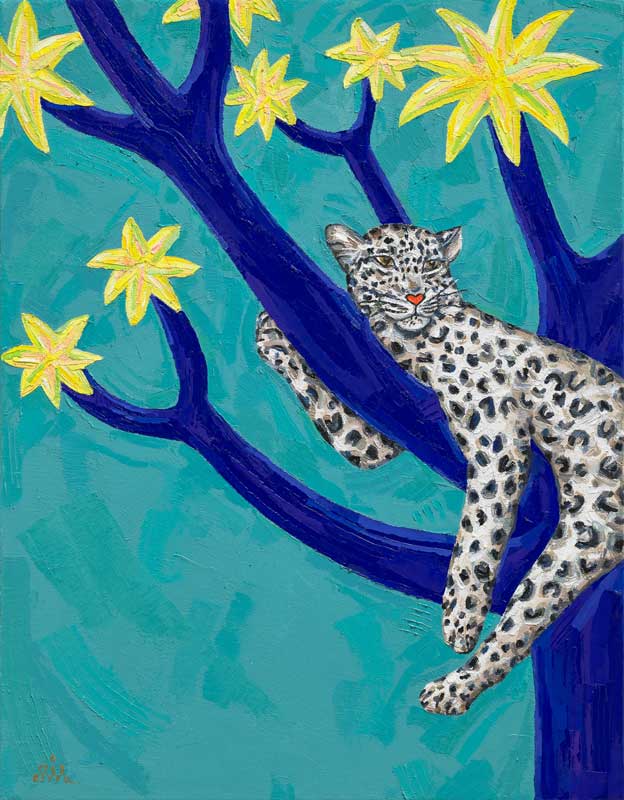
쉬어가기
2020 Oil on canvas 40.9 × 31.8cm
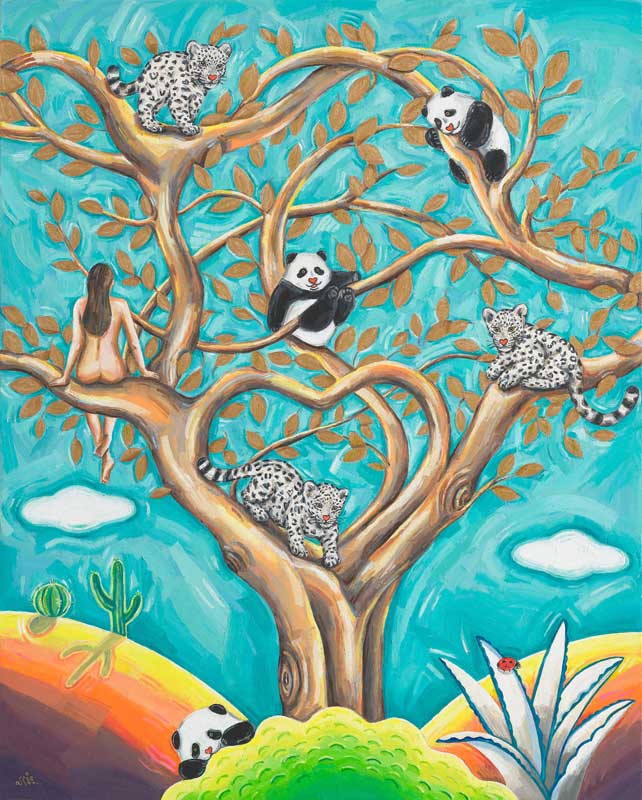
사랑의 나무
2021 Oil on canvas 72.7 × 90.9cm

낙원의 수호자
2019 Oil on canvas 40 × 50cm
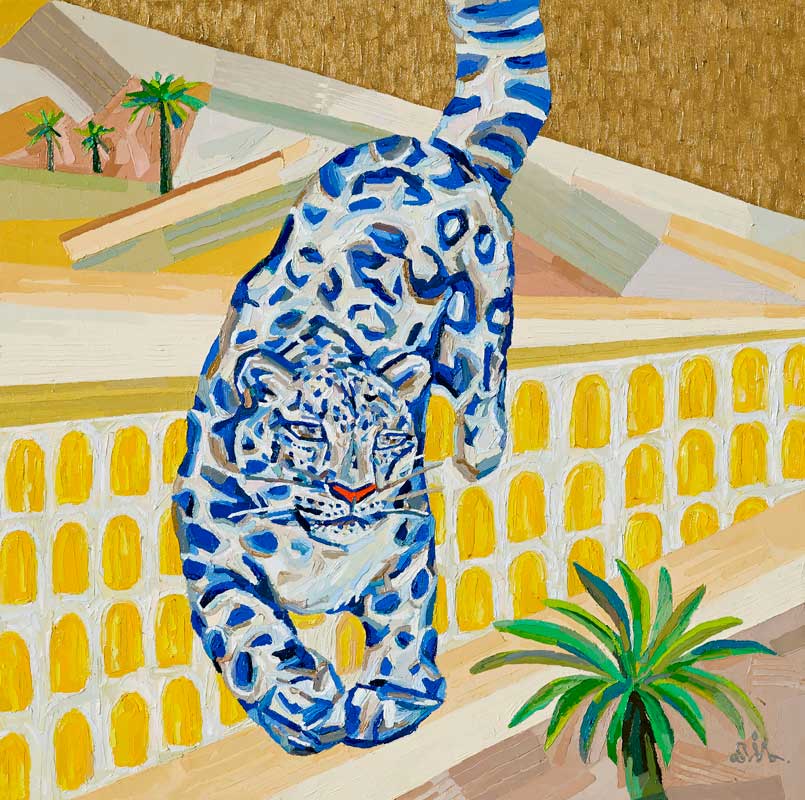
눈표범2
2020 Oil on canvas 45.5 × 45.5cm

붉은눈의 눈표범
2019 Oil on canvas 53.0 × 40.9cm
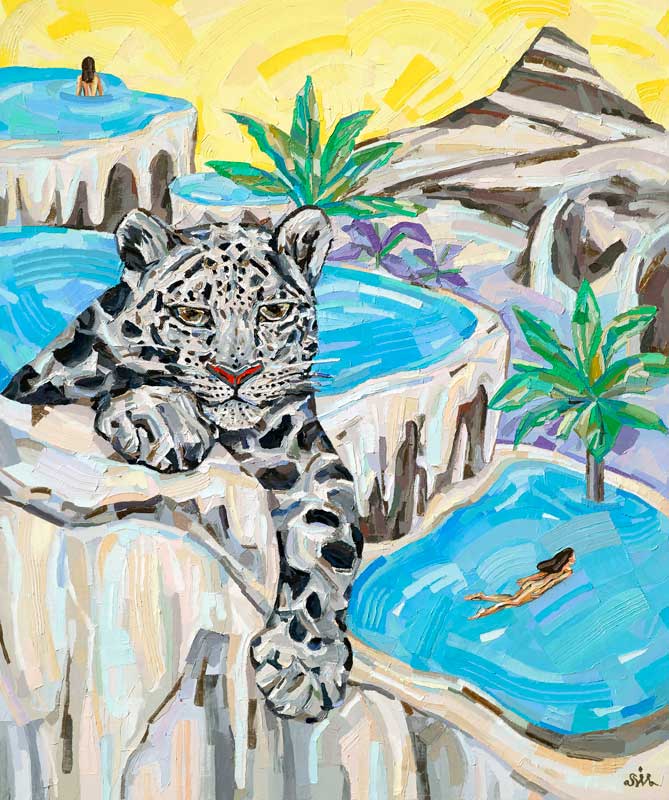
바캉스
2020 Oil on canvas 72.7 × 60.6cm
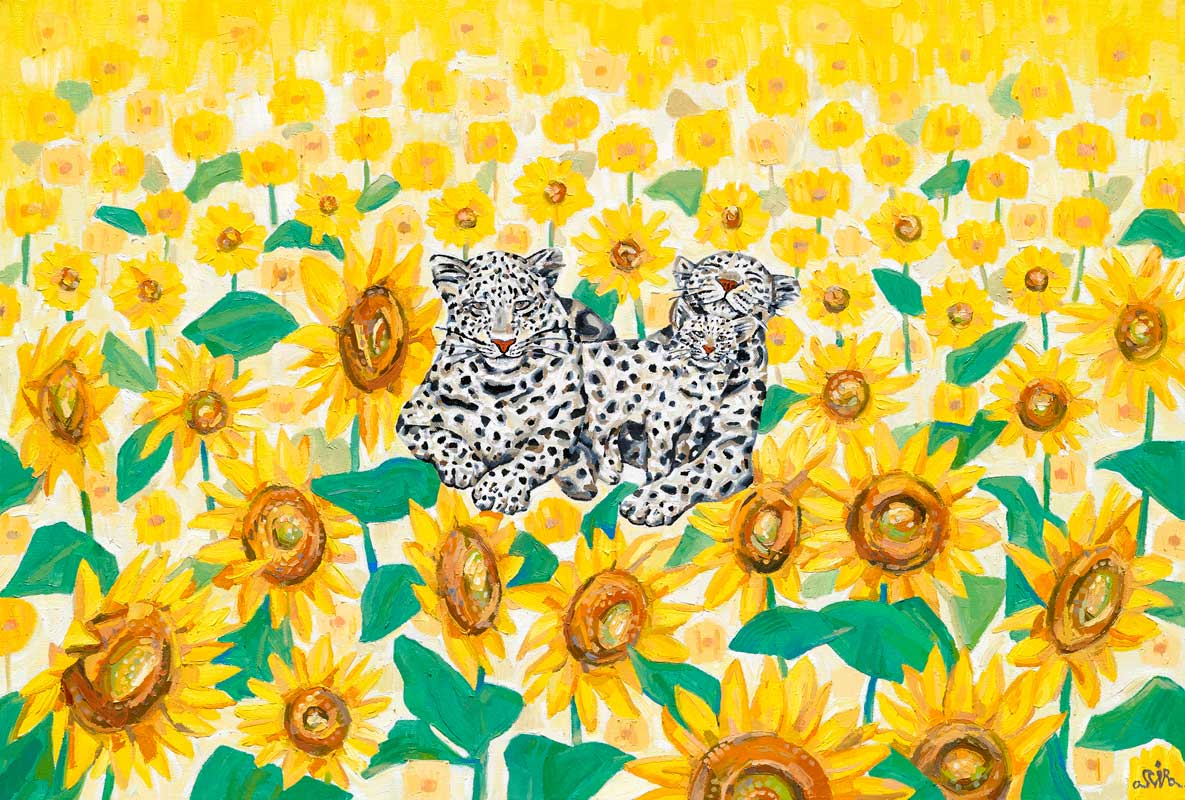
해바라기 밭의 설표가족
2020 Oil on canvas 72.7 × 50.0cm
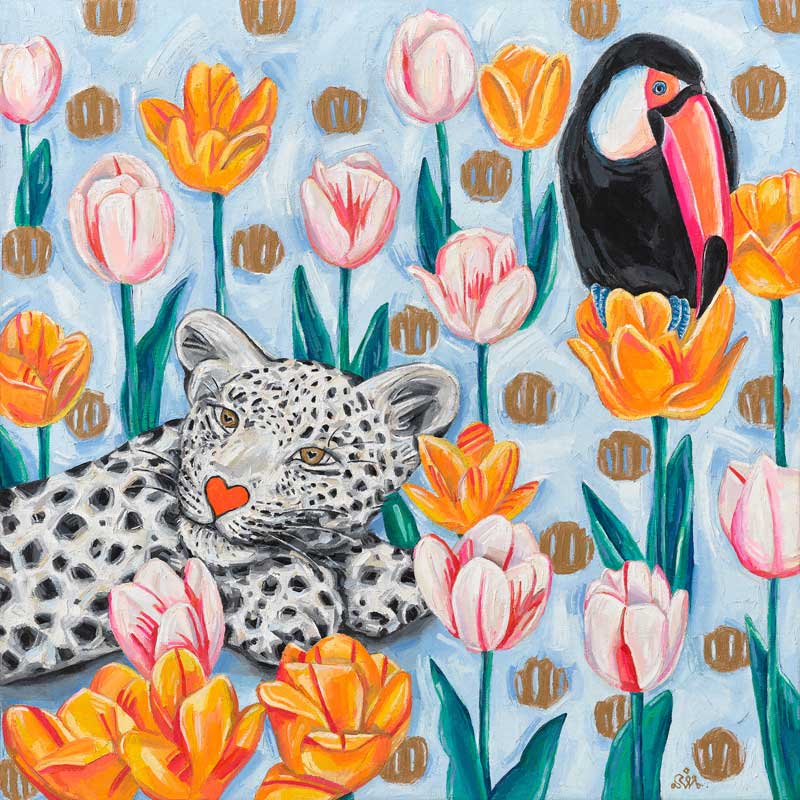
꽃놀이
2021 Oil on canvas 53.0 × 53.0cm
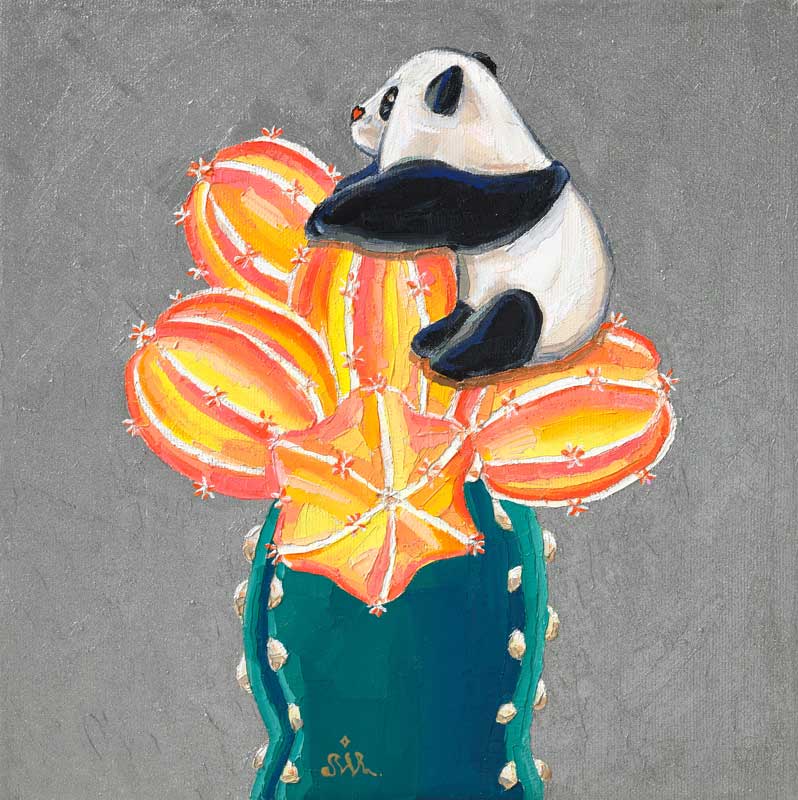
바라봄
2020 Oil on canvas 25 × 25cm
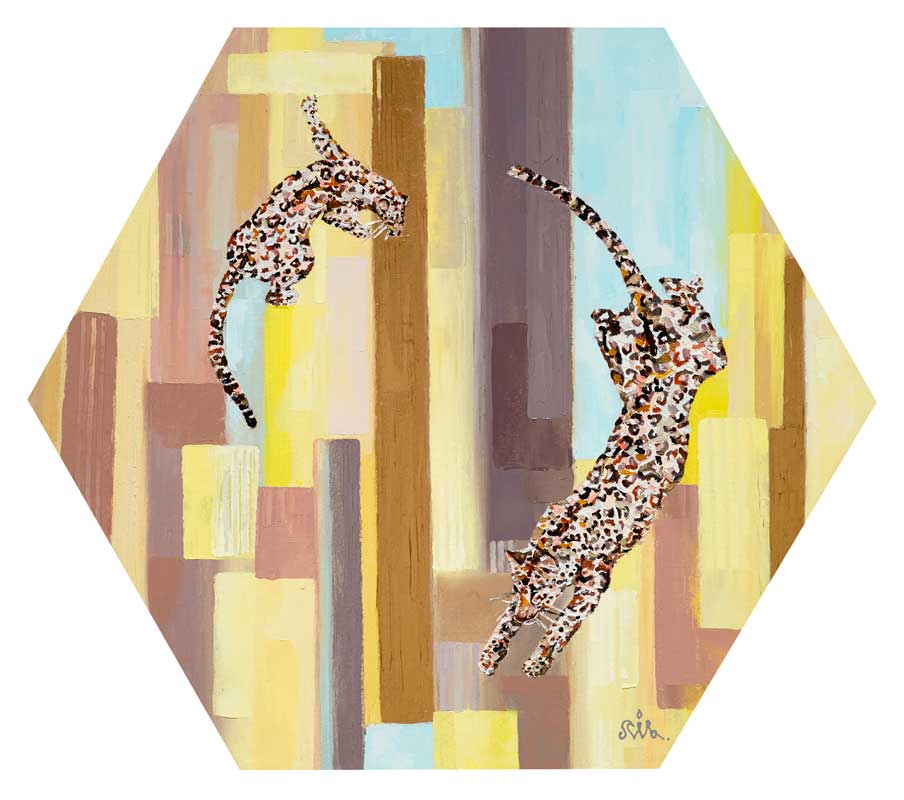
맹수의 숲
2019 Oil on canvas 51 × 44.5cm
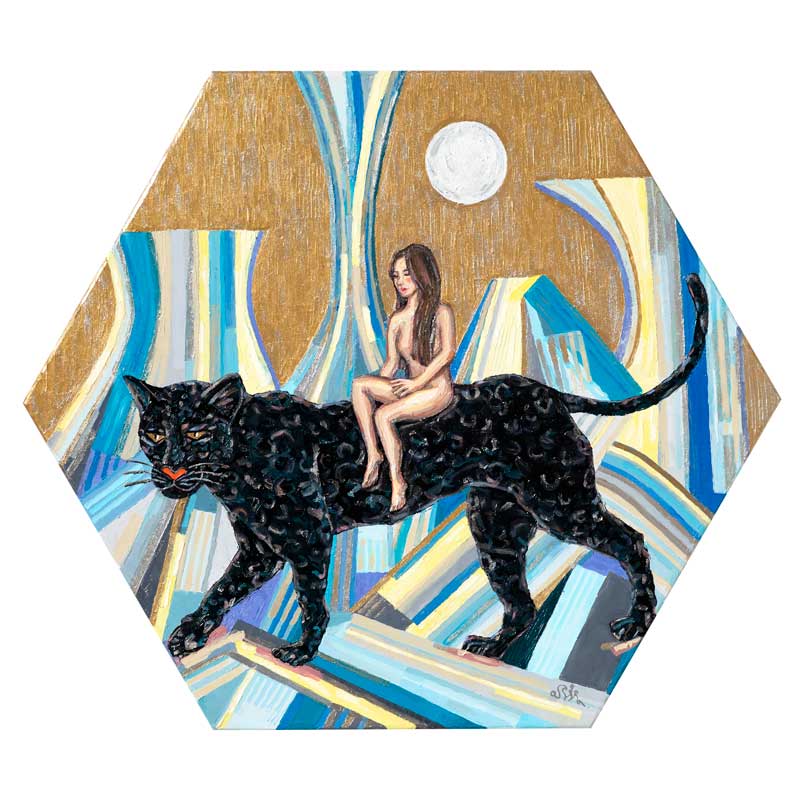
여정
2020 Oil on canvas 60 × 51.5cm
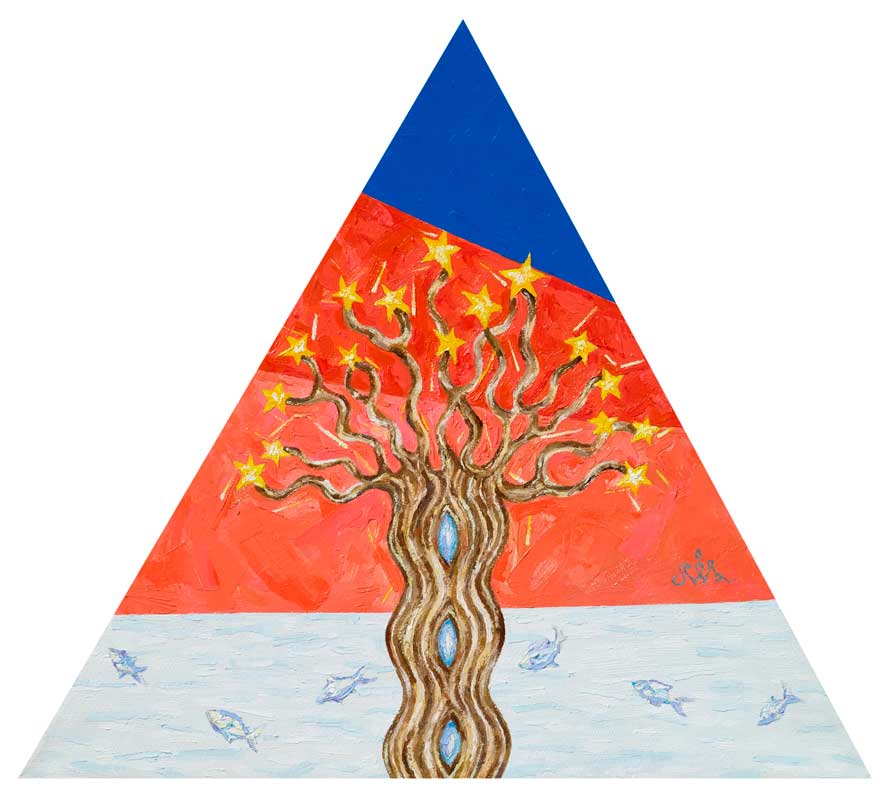
별나무
2019 Oil on canvas 41 × 35.5cm
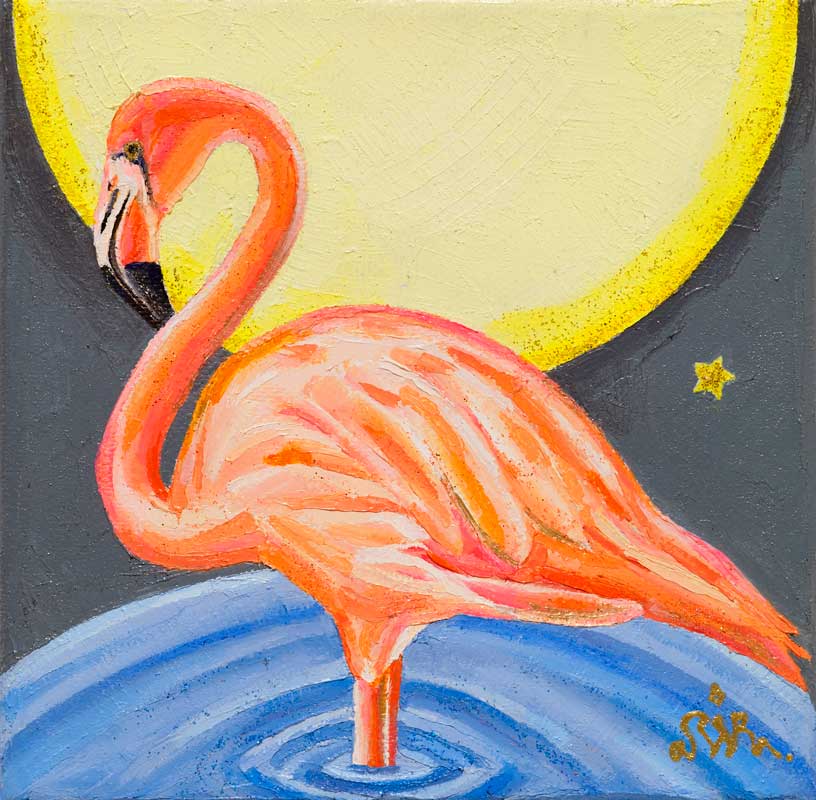
보름달 뜬 새벽
2020 Oil on canvas 15 × 15cm
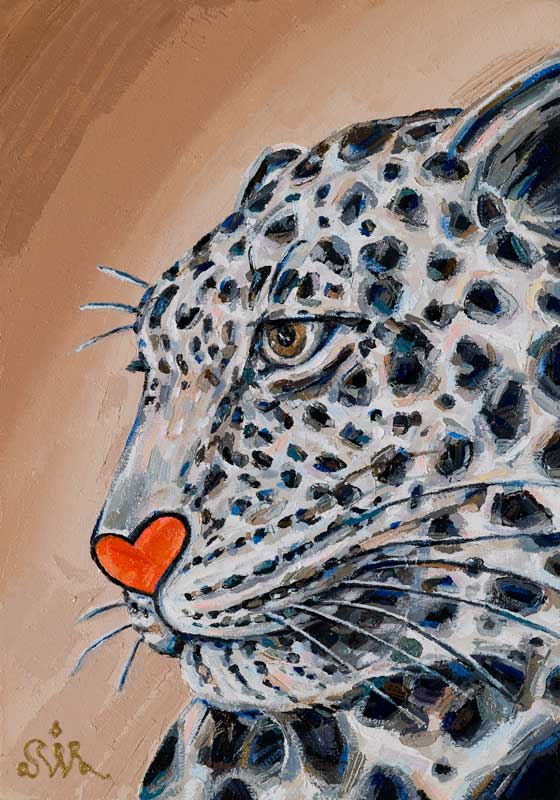
용기1
2020 Oil on canvas 22.7 × 15.8cm
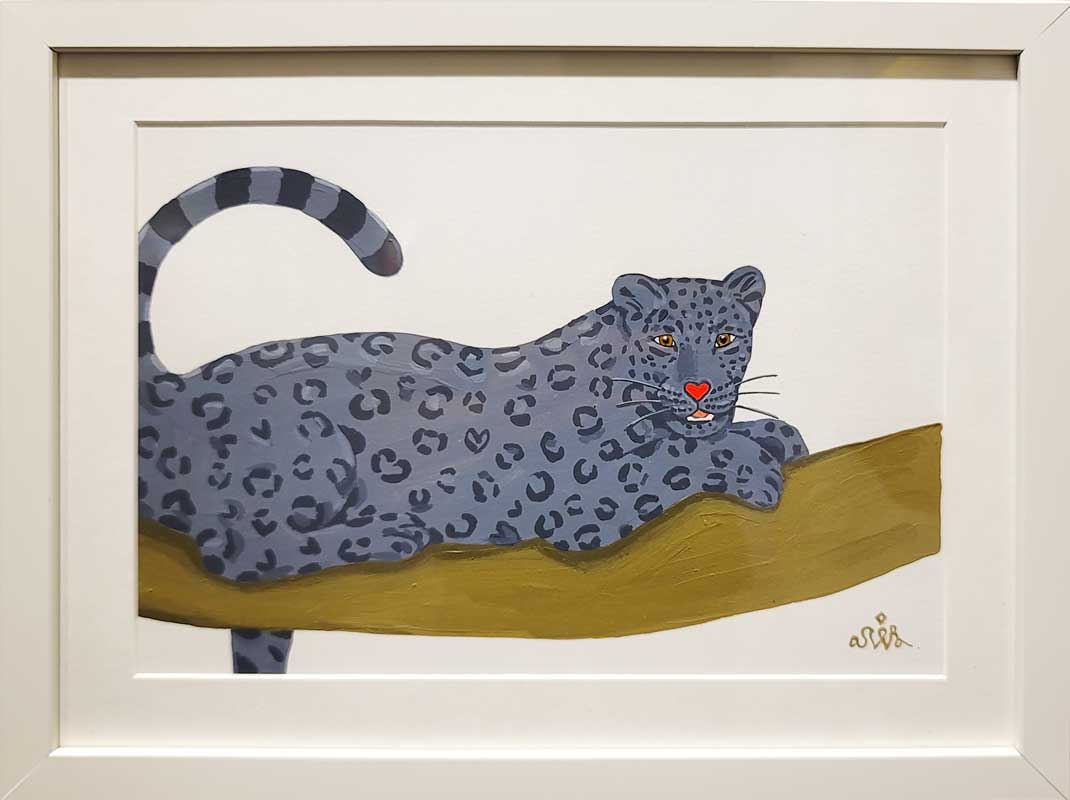
낙원의 수호자 1
2021 Acrylic on paper 20 × 30cm
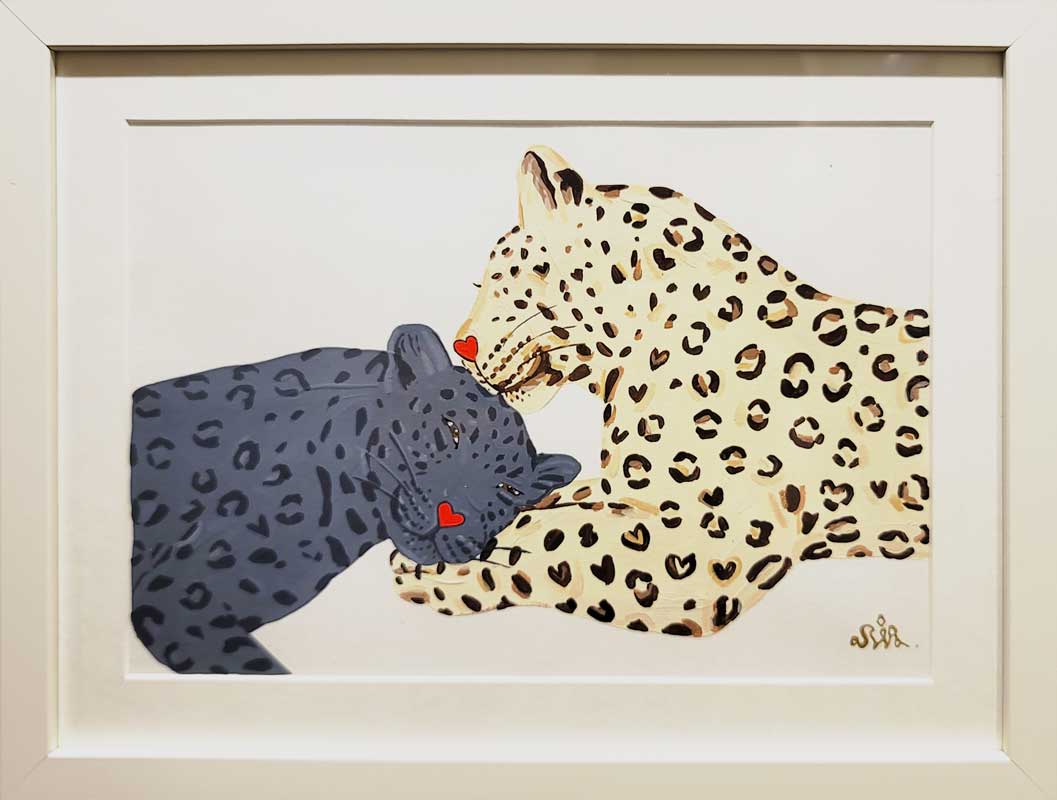
낙원의 수호자 2
2021 Acrylic on paper 20 × 30cm
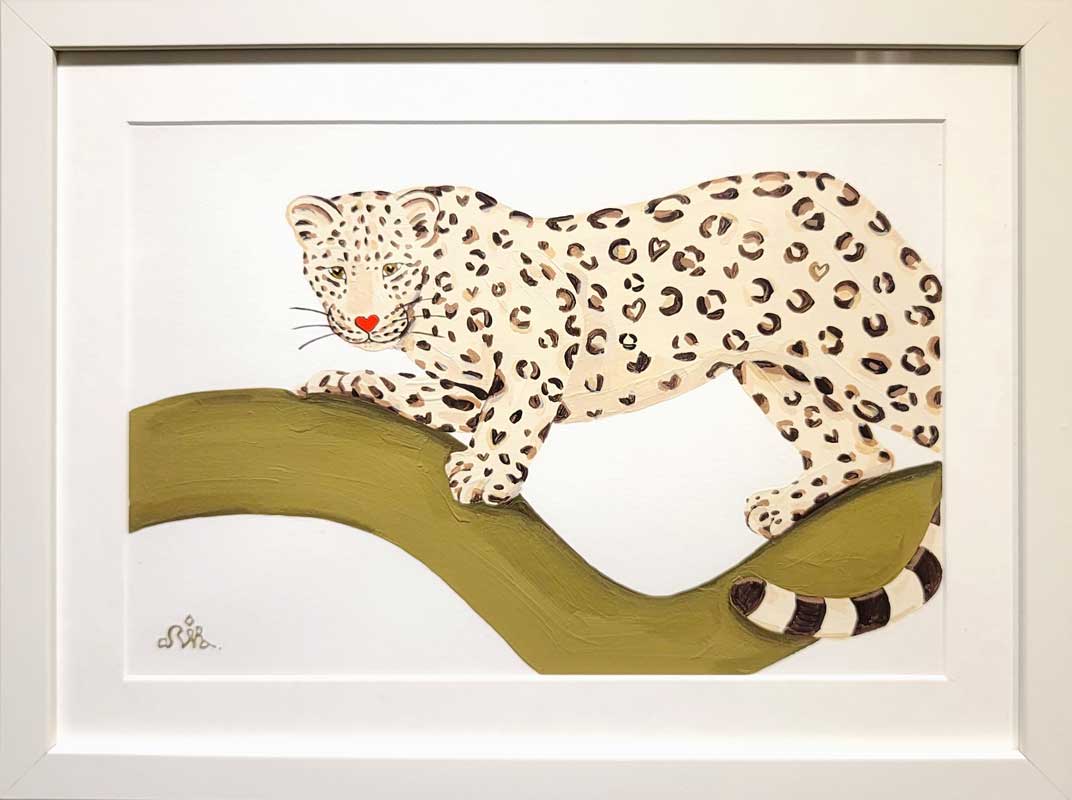
낙원의 수호자 3
2021 Acrylic on paper 20 × 30cm
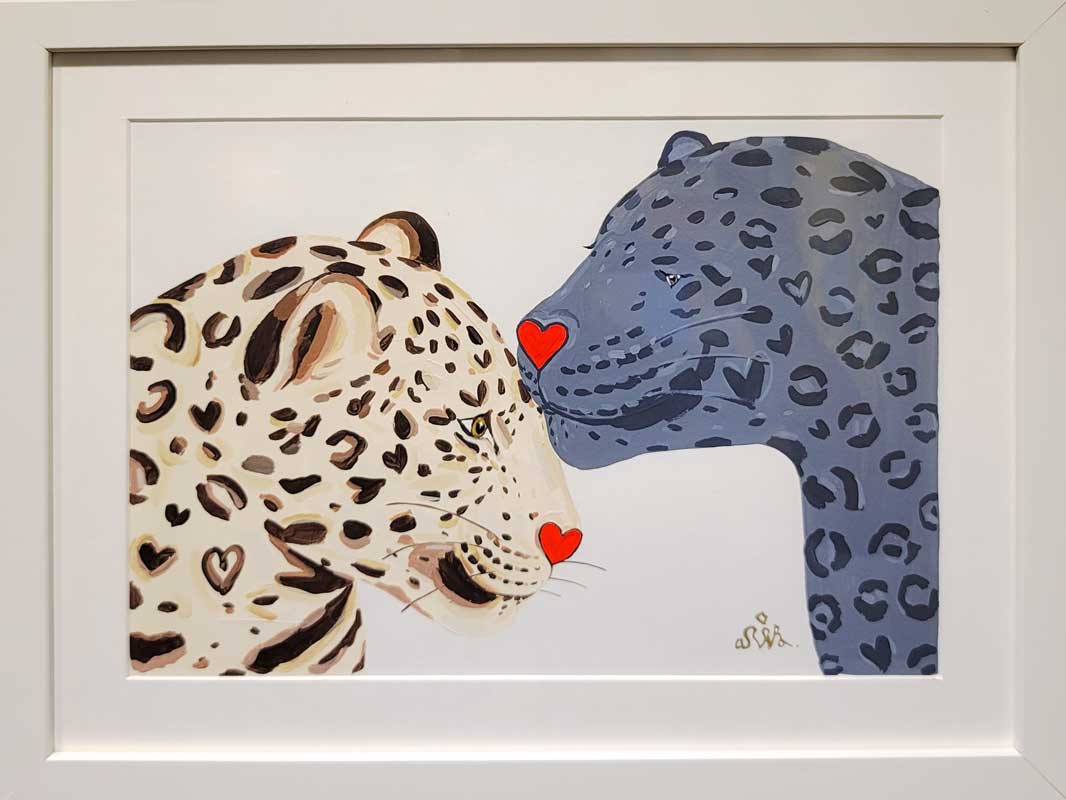
낙원의 수호자 4
2021 Acrylic on paper 20 × 30cm
Artist

아이라 최 / Aira Choi


